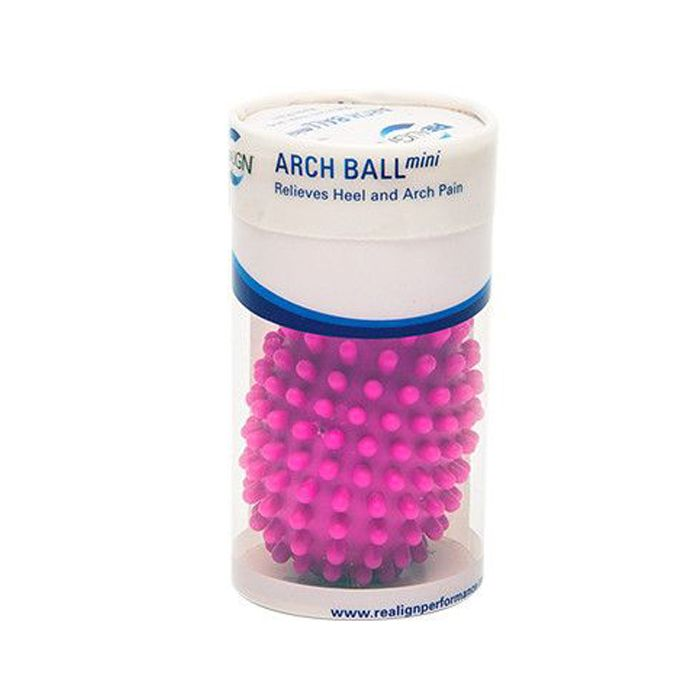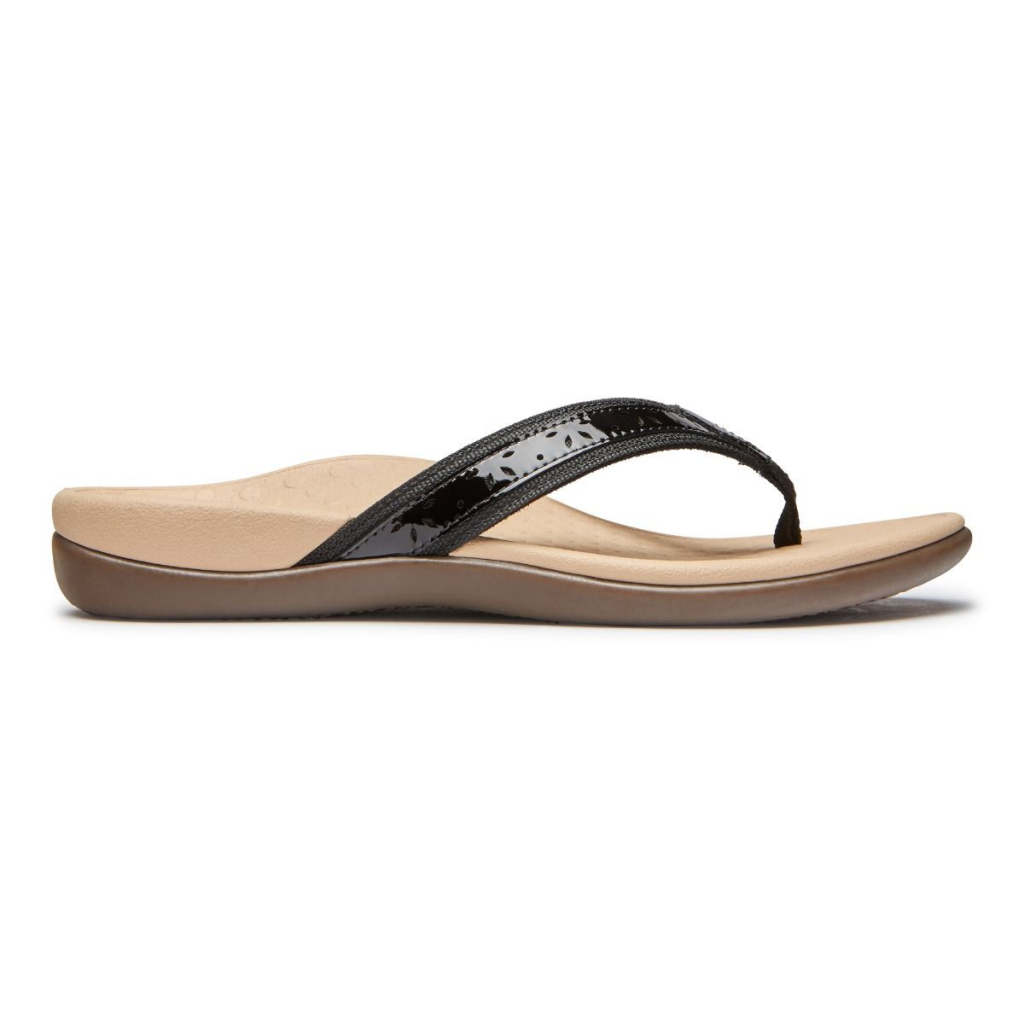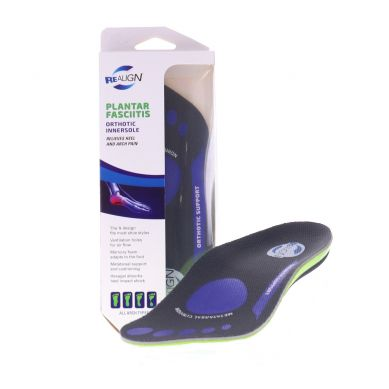If you have been experiencing persistent foot pain, or more specifically heel pain, then it is possible you may have plantar fasciitis. We have listed the different treatments for plantar fasciitis below so you can try to mitigate the symptoms.
Plantar fasciitis is an inflammation of the plantar fascia. The plantar fascia is a thick layer of tissue that stretches from the heel bone to the toes. The tissue provides a structure that gives our foot a stable base. Damage to the plantar fascia results in inflammation and foot and heel pain. Damage can be caused by many factors including overload or biophysical factors such as flat feet. There are many different treatments for plantar fasciitis and they are listed below
Plantar fasciitis can occur in all ages and is typically indicated by heel pain. Often this pain is most prominent first thing in the morning or at the beginning of an activity. The pain may then lessen as the muscles warm up. Sometimes stiffness or pain may increase at the end of the day with increased loads. Proper diagnosis by a podiatrist at a foot and nail clinic will help determine the best course of foot pain treatment and the best way to alleviate your heel pain. Treatment for your plantar fasciitis is not far away.
Treatment Options For Plantar Fasciitis
Rest
If the cause of your plantar fasciitis is overuse or an increased load then you may simply require rest with a more gradual return to exercise, being careful not to overload the plantar fascia. This is about listening to your body and being sensible about your exercise regime. Sometimes periods of rest lasting from 6 – 18 months are needed so patience is needed in resolving the problem. If the heel pain keeps reoccurring you should get advice about the best heel pain treatment for you from a podiatrist at a reputable foot and nail clinic. If you live on the Sunshine Coast our podiatrists at Suncoast Podiatry can help you.
Stretching
Stretching is a strategy that helps manage heel pain. In mild cases of plantar fasciitis, stretching can be an effective heel pain treatment. At home, simple techniques such as towel stretching or rolling the foot arch on a tennis ball or spikey ball can be useful. However, stretching alone will not provide complete treatment for foot and heel pain if the underlying cause of the problem is not addressed.

Strengthening
There are specific stretching techniques that are useful in the treatment of plantar fasciitis. Commonly, increasing the flexibility of the calf muscles is helpful. Stretching exercises such as wall stretches and stair stretches can help correct functional risk factors such as tightness. Other more targeted strengthening exercises should focus on the muscles of the foot and may include toe-curling or toe-tapping. When you visit our foot and nail clinic, we can help you with targeted strengthening exercises. Strengthening exercises need to be done regularly and consistently so a full commitment to the exercise program gets the best results.
Supportive Shoes
Wearing supportive footwear can provide relief if the cause of your plantar fasciitis is from a structural issue such as flat feet. Footwear has improved greatly and many shoes have built-in support, particularly joggers. Try wearing well-fitted joggers all the time, rather than bare feet. In summer try thongs with built-in support. The team at our foot and nail clinic can help you with recommendations about the best type of jogger for you.

Arch Supports
Off the shelf arch support inserts are also available to put into closed in shoes. This is an approach you can try at home and can sometimes work quite well.
Custom Orthotics
Custom orthotics are moulded to your foot and provide the best support for your feet. Wearing custom orthotics can help better support your feet, resulting in less stress on your plantar fascia and a reduction in heel pain caused by plantar fasciitis. Custom orthotics can target over-pronation and metatarsal head motion problems. While the cost can be a deterrent, the long term benefit of this type of heel pain treatment can outweigh the initial cost.

Night Splints
Night splints help keep the ankle in a neutral position when the patient is sleeping. The night splint provides gentle stretching of the calf and plantar fascia overnight with the aim of reducing tightness and early morning pain. Night splints are a type of treatment for heel pain sometimes used in patients with long term symptoms.
Anti-Inflammatories
Ice, anti-inflammatory drugs such as Nurofen or cortisone injections are all effective short term treatments for heel and foot pain. Their use helps relieve symptoms and swelling and makes the patient more comfortable, especially during acute periods. However, these treatments really only provide short term relief and do not address the underlying cause of the problem. Long term oral medication can also cause gastrointestinal problems such as ulcers, so this approach is discouraged. If you are having foot or heel pain that causes you to search for pain relief, you really need to visit a foot and nail clinic and have a podiatrist diagnose your condition and formulate a treatment plan for your heel pain.
Surgery
In severe cases, surgery may be required to release the plantar fascia. This procedure is not without risks. You should exhaust all other treatment options for your heel pain before considering this option.
If you have been having recurring foot or heel pain and home treatment strategies are not working, it is time to seek professional help from a podiatrist. You do not need a referral from a doctor to see a podiatrist. Finding help is as easy as picking up the phone and making an appointment at your nearest foot and nail clinic. Taking this step will help you get a proper diagnosis and a treatment plan that addresses your risk factors and personal preferences.
To find your nearest clinic search here
Or book online
